This was shaping up to be another great year for eye surgery centers until COVID-19 closed OR doors on elective cases. Not only did we lose business, but we also were deprived of the annual American Society of Cataract and Refractive Surgery (ASCRS) meeting, at least in person. The quickly assembled virtual conference was as good as could be expected, but I really missed the in-person aspect.
I like to go to ASCRS to sit down with my peers, have some dinner and a drink or two, and talk about the latest trends in cataract surgery. "What are we doing? What's really working? What's the next big thing?" It's good for us to hear from other surgeons about how products really work, or new things we should try. I might not have been able to discuss innovative ideas over a porterhouse and Cab Sav, but I've remained connected enough to know some compelling products have emerged in the cataract space. Let's talk about them. OSM
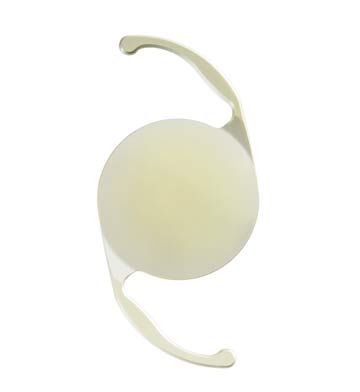 ?
?Alcon | AcrySof IQ Vivity IOLs
The Vivity is the first-of-its-kind presbyopia-correcting intraocular lens (PC-IOL), available in spherical and toric versions. Other PC-IOLs haven't taken off because they focus "distance" and "near" vision simultaneously by interrupting the wavefront of light. That means patients will see rings and halos at night, and that's a concern for many people. For correcting presbyopia, surgeons also have the option of implanting monovision IOLs (one eye "distance," one eye "near"), which have their own limitations. The Vivity IOLs, with their non-diffractive design, provide an increased depth of focus and extended range of vision, while largely eliminating the rings and halos. My facility was involved in the FDA studies for this innovative lens, and last month we became the first practice in the country to implant the toric version. I'm excited about this product and think it's going to be a hit, especially with cataract patients who do a fair amount of night driving.
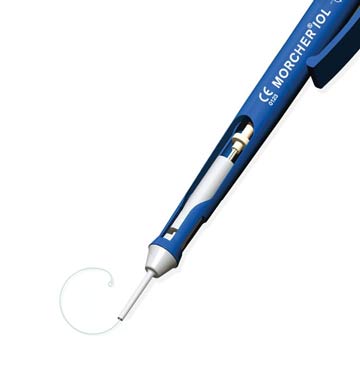 ?
?FCI Ophthalmics | Morcher EyeJet Type 15 CTR
Capsular tension rings allow surgeons to stabilize the patient's capsular bag, which is delicate. An increased angle of attack on the leading edge of the ring — referred to as a "gentle elbow" — reduces the resistance and allows for a smoother injection. This reduces the risk of snagging a loose bag or potentially puncturing the capsule. Like the company's previous rings, this one also comes in three different sizes. The preloaded disposable injector eliminates the headache of manually loading a CTR.
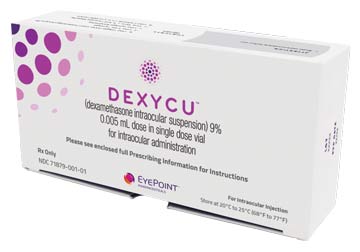 ?
?EyePoint Pharmaceuticals | Dexycu
It's generally accepted that cataract patients don't like postoperative steroid drops, which can lead to compliance problems. That's why injectable anti-inflammatory drugs like this one that reduce or remove the need for drops are of great interest. At virtual ASCRS, EyePoint presented positive retrospective case study data supporting Dexycu. They also seized on the COVID-19 issue by pointing out the drug can reduce follow-up clinic visits and thus limit physician and caregiver contact. Like many things during this volatile time in surgery, this drug is moving from a nice-to-have to a must-have for many ophthalmologists.
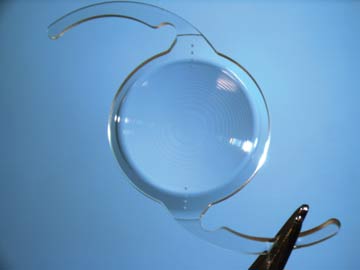 ?
?Johnson & Johnson Vision | TECNIS Multifocal Toric II Intraocular Lens
This is the first multifocal IOL on J&J's new Toric II Platform with astigmatism correction capabilities. The fact that these popular multifocal lenses now come in toric versions is a big plus. It provides another avenue to correct both cataracts and astigmatism during the same procedure. This product also features increased friction and surface texture on its haptics, which provides rotational stability. That's important because the quality of refractive and astigmatic correction can decrease if alignment of the lens is off by as little as six degrees. Now that the outside of this square-edge lens is a bit stickier due to its new "frosted haptics" design, there's more friction between the haptics and the capsular bag, so it doesn't rotate after implantation.
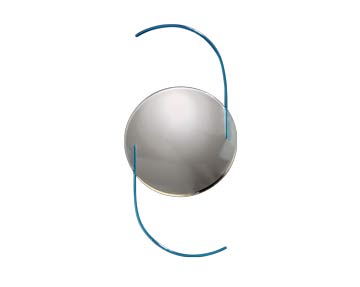 ?
?RxSight | Light Adjustable Lens (LAL)
This disruptive technology represents a huge paradigm shift: It's the first FDA-approved IOL that can be adjusted after surgery. The lens is made of a photosensitive material that changes the shape and power of the lens in response to ultraviolet light, an innovation that leads to enhanced refractive outcomes. Surgeons implant the lens and make needed adjustments with a light delivery device during follow-up clinic visits three weeks after surgery. They shine a specific wavelength of blue light into the eye for 30 to 45 seconds to change the shape and prescription of the lens. The power of the lens can be adjusted multiple times until the optimal refractive outcome is achieved. My early results indicate refractive accuracy can be achieved in 95% to 98% of patients, much higher than the 80% to 90% accuracy range surgeons typically reach with fixed-power IOLs. This is a big development because it eliminates the guesswork and pressure of predicting and promising refractive outcomes to patients, and then having to meet their understandable expectations of being able to see clearly without glasses after surgery. With the LAL, we don't have to deal with the pressure and uncertainty of trying to implant the "perfect lens." In short, the LAL is the most accurate IOL in the world.
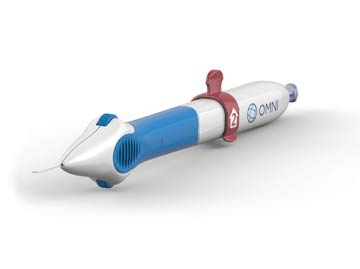 ?
?Sight Sciences | Next-Generation OMNI ?Surgical System
We do lots of minimally invasive glaucoma (MIGS) procedures during cataract surgeries. They're a great solution to address two major problems in one surgery. This platform allows surgeons to combine two distinct angle procedures — ab interno trabeculotomy and transluminal viscoelastic delivery. The company also claims this is the only MIGS device that targets all three points of aqueous humor outflow resistance: trabecular meshwork, Schlemm's canal and distal collector channels. At virtual ASCRS, Sight Sciences announced improvements made to the device based on physician feedback. The updates focus on improving surgeon comfort and usability. It has an updated Luer lock fitting and a pull pin that the company says is more efficient for priming and preparing the device; a more ergonomic, stable handle with a flexi-grip surface; enhanced gearing; and a more intuitive wheel design that enables smoother deployment and retraction of the microcatheter.
.svg?sfvrsn=be606e78_3)
.svg?sfvrsn=56b2f850_5)